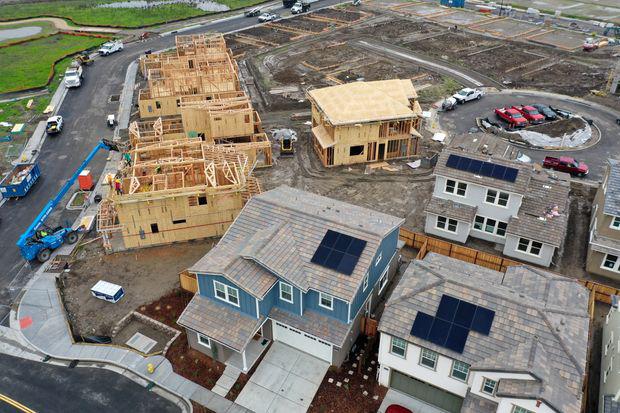A new method in dealing with land can help improve cash flow for homebuilding projects
Homebuilders throughout the Southeastern U.S. buy raw land in prime locations and construct appealing and affordable single-family homes and multifamily communities. But every year, it seems harder and harder to achieve that goal. That is why a growing number of builders are implementing a “just-in-time” land banking strategy with a knowledgeable partner.
Ever since the nation’s housing market crashed a decade ago, tight credit requirements have reduced the pool of potential homebuyers and made it difficult for builders to finance new developments. This challenging financial environment has had a lasting negative impact on builders and developers.
Over the last 50 years, U.S. housing starts have averaged 1.5 million single and multi- family units annually. That fell to a low of 475,000 units in the trough of the recession, and production has only increased slowly to an anticipated 1.2 million units in 2018, despite the strong national economy and low unemployment rates.
Currently, new home starts are well below the potential demand for new homes from the millennial generation, 84 million strong, who are moving out on their own, marrying, and having children. Now is an ideal time for builders to ramp up production of affordable homes to meet this new wave of demand.
Unfortunately, builders are facing serious financial headwinds going into 2019, including high tariffs on building materials and a shortage of skilled labor. Meanwhile, the Federal Reserve’s policy of raising interest rates is making homes less affordable to marginal buyers, who face higher monthly mortgage payments.
In addition to these financial pressures, the nation’s public homebuilders, who account for about 25 percent of single-family home starts, need to minimize their inventories of raw and entitled land. That is because Wall Street views homebuilders as manufacturers, and wants to see their working capital applied to development and construction operations.
Private builders are facing similar issues. Most banks do not want to finance the acquisition of land that is not already producing income. Other sources of capital, like private equity funds, typically carry high costs and restrictive covenants. In short, builders of all sizes who need money for land find it difficult to acquire tracts themselves.
Building Partnerships
Faced with the financial challenges of tight credit, lack of land inventory, and higher costs across the board, large public and regional homebuilders are looking for partners who can deliver suitable land when needed for their next projects.
This “just-in-time” model has been proven to be highly effective for U.S. automakers, aviation companies, and other manufacturers. Now, with careful planning, a similar approach can be used to improve cash flow for homebuilders through an intelligent use of capital.
In Florida, for example, there are still large tracts of relatively inexpensive land in the Orlando, Tampa Bay, and Jacksonville markets, which are suitable for residential development. While land prices are rising throughout the Southeast U.S., tracts suitable for affordable single-family projects priced in the $250,000 to $400,000 are still the “sweet spot” of today’s market.
Unlike built-out urban areas where land is at a premium – and teardowns and vertical construction may be the only options for builders – land costs in these suburban or “Xurban” locations allow builders to maintain their focus on single-family or low- to mid-rise multifamily strategies.
Along with lower land price, labor costs in these markets also tend to be lower than in metro areas, adding to their financial appeal for builders and developers.
However, it takes careful market research to find a 500- to 5,000-acre parcel in a new Xur- ban location that will attract buyers or renters in the future. Not all metro locations are equal when it comes to potential population, job, and income growth – the key drivers of demand for new for-sale homes and rental units.
Another challenge is the long and expensive planning, entitlement, and approval process needed to turn raw land into a new community. In major Southeast U.S. markets, it can easily take three years or more before a large-scale site is ready for construction of single-family or multifamily homes.
Addressing these Challenges
While there is no magic formula, a growing number of builders have addressed these challenges by teaming up with a firm that specializes in land banking and can conduct the market research, gain the entitlements and prepare the tract for just-in-time residential development.
That partnership approach will be even more important in the coming year, as there is likely to be no letup in the many cost pressures on builders and the higher mortgage rates facing prospective buyers.
In any case, working with an experienced land banking partner can provide a strong foundation for sustainable residential production and cash flow for the nation’s homebuilders and developers.



